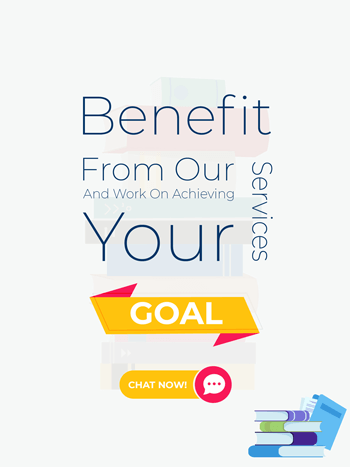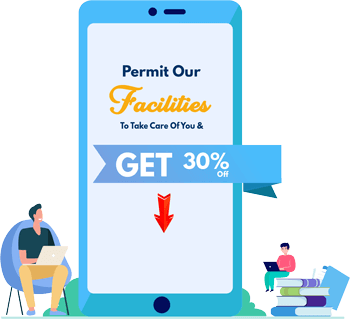Complete Assignment Project Topics and Materials For Final Year Students
Choosing the right materials and the best topics for your Complete Assignment Project can be a difficult decision. However, with a little research and some help, you’ll be able to find the materials you need to succeed.
Literature review
Using a literature review as part of a larger assignment can be helpful. It provides an overview of the state of research on a particular topic, including gaps and omissions in the field. It also helps identify and highlight important contributions to knowledge.
A literature review can be a standalone document or a part of a longer paper or thesis. It should be proofed before submission to ensure accuracy.
A literature review can be structured in many ways, including chronologically and thematically. The best way to structure yours will depend on the task at hand. The main point of the review is to organize the research in light of your own project.
An annotated bibliography can be a useful tool for a literature review. It compiles all of the citation information you’ve read into one place. It can also help you remember what you’ve read.
Scavenger hunt
Whether you are a school teacher or just looking for some great ideas for your next project, consider using a scavenger hunt for your complete assignment writing help. This tried-and-true activity is suitable for students of all ages and grades, and can be used in both the classroom and outside the classroom.
To create a scavenger hunt for a complete assignment, you’ll need to decide what type of hunt you want, the parameters of the hunt, and how you’ll determine who won. For instance, you can have students hunt for items in the library, or you can have them hunt for items at a museum. Then you’ll need to come up with the clues.
A scavenger hunt can be used to promote active learning, improve observation skills, and foster communication among students. In addition, scavenger hunts are a fun way to learn about nature. You can also use scavenger hunts to encourage deep reading and creative problem solving.
Anthology
Depending on your pedagogy, an anthology may or may not be the best way to cap off a semester. The good news is that there are many ways to go about the process. The most notable is via a well-structured collaboration with students. In fact, I have never encountered a student who did not want to participate in such an endeavor. I can’t tell you how many times I’ve sat on the floor of a classroom, and found that the entire class was working on this particular project. The resulting collaboration engendered a sense of camaraderie and creativity not usually associated with a traditional classroom setting.
The best part of the process is the gratification of being able to do so without the stress of a traditional semester-long project.
Speakback/Feedback paper reading
Getting a piece of feedback on your work is par for the course, but how do you know you’re getting the good stuff? A study of 820 students in the UK National Student Survey found that only 58% of students received feedback on their assignments, and only a quarter of those received feedback that was actually useful. A more in-depth look at the data showed that 4% of assignments contained at least fifty percent of in-text feedback comments. Moreover, only a handful were accessible via Turnitin.
The UK National Student Survey is an annual study of the experiences of final year undergraduate students. The study included an interesting quantitative analysis of the written feedback that students received, as well as a nifty little questionnaire about what the hell the best feedback was.
Portfolio project
Creating a portfolio project for final year students is a part of the higher education curriculum. It allows students to explain their learning in their own words. This is a great way to develop a growth mindset and be more self-aware. In addition, it can encourage students to take creative risks.
The purpose of the portfolio is to document student’s development and demonstrate progress. It can be used to evaluate a program or demonstrate a student’s unique skills.
The process should begin early in the year. This will allow time for students to choose and select work. You may want to start by providing a few sample questions to guide students’ reflections.
After students have selected their work, you can use a variety of techniques to get them thinking about their accomplishments. You can have them share their experiences, including obstacles and strategies they used to reach their goals. Or, you can have them discuss their selection in small group discussions.



